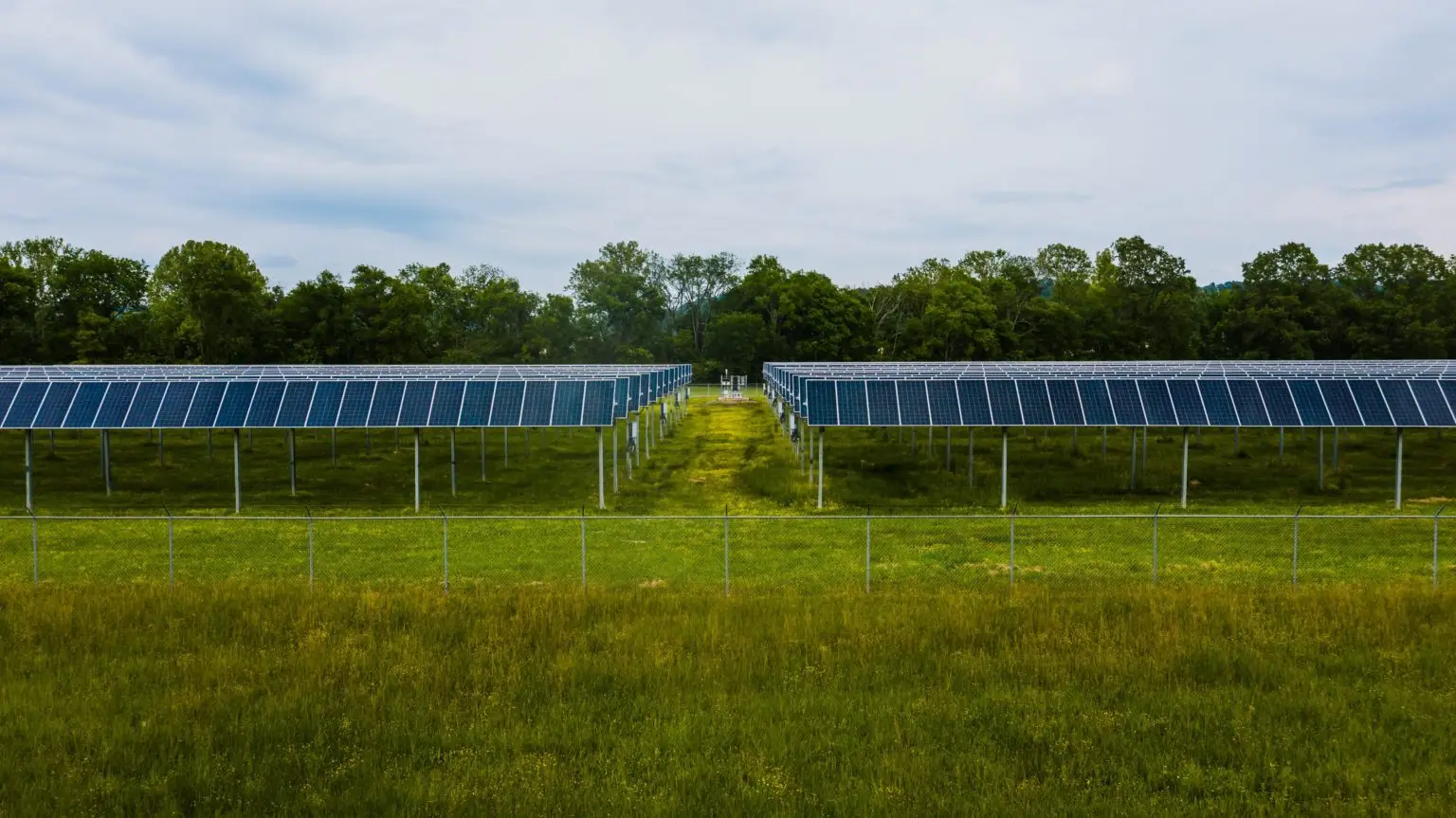What Are Suggestions for Choosing Community-Solar Sites?
In order to build a community-solar farm, a community-solar developer must find a parcel of land that is suitable for development. Basic requirements for development are that the site is large enough to accommodate the number of solar panels needed to serve subscribers. (The size of the land will depend on whether the solar farm is community scale or utility scale. Community-scale solar farms generate around 5 MW of power for local businesses and homes.
By comparison, one utility-scale solar farm in Idaho lies on 324 acres and generates 40 MW of power.) The land needs to be flat for easiest development have good sun exposure. The parcel must also provide nearby access to the power grid. In addition to these basic criteria, researchers have recently made suggestions for choose community-solar sites. Below is a brief outline of those suggestions.
Local Opposition
Part of the challenge in developing community-solar sites is opposition to the project. Points of opposition range from legitimate concerns about land use and impacts on an ecosystem, to poorly informed views that some locales do not receive enough sunlight to sustain solar farms.
Siting Framework
The authors of a recent study propose a framework for developing community-solar projects that take ecological considerations into account. While they point out that state and federal laws already protect ecosystems from development, the authors suggest that project developers carry out on-the-ground ecological surveys of a solar-farm site before developing it. The authors recommend that developers work purposely to avoid cutting down trees, disturbing the soil, and interfering with sediment and water runoff.
The project’s overall design should take into account natural features and biodiversity, adding to “ecosystem service benefits.” When and where developers must interfere with these and other features, the authors recommend that they do so carefully and selectively. For example, a developer should work to avoid cutting down trees. But if they must do so, then they should restrict the number of trees cut down and replant new trees.
The State of Massachusetts, a national leader in community solar, has proposed “solar opportunity zones,” which seeks to identify areas of the state that are suitable for community-solar development. Factors include availability of land, local receptiveness, readiness to connect with other infrastructure, and the general need to foster use of clean, renewable energy.
Because 60 percent of community-solar sites are on farmland, the authors make a strong case for local agencies to co-develop agricultural and solar guidelines, especially where a community-solar project is developed on a particularly desirable piece of farmland. “Dual use solar projects” can encourage crop production while maximizing solar output. A simple adjustment like raising the height of the solar panels and spacing between rows can promote agricultural production. Animals can graze around the solar panels.
These are a few suggestions for siting a community-solar project. The authors of the report in question recognize legitimate concerns about community-solar projects and attempt to offer common-sense approaches to addressing these concerns while balancing the need for clean, renewable energy that community solar represents.






